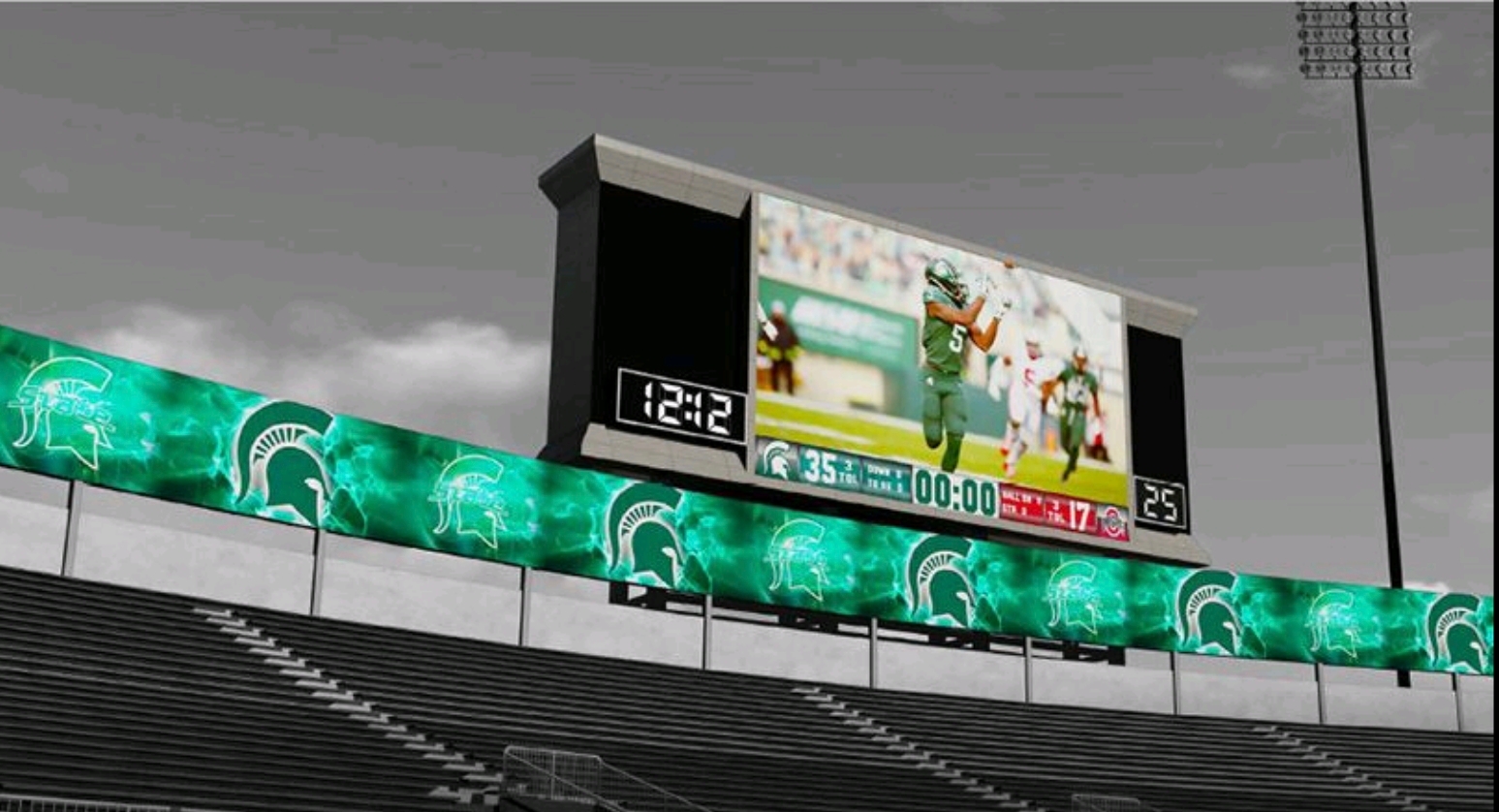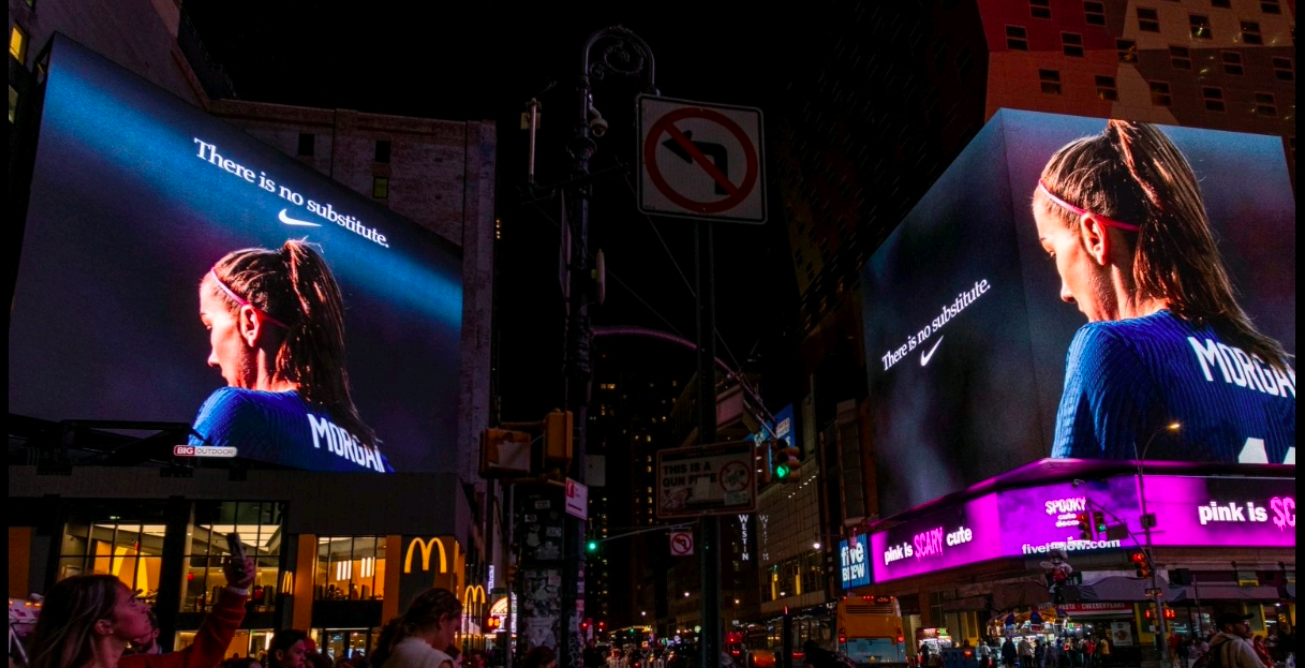LED display buying guide

What to Look into When Choosing LED Display?
As LED display is widely applied to all walks of life and getting more andmore attentions, how to identify the right product from hundreds ofmanufacturers is what you should learn about in your daily work. lt is a bigtopic and requires your profound knowledge of LED display industry, whichcan't be done within one week or two months. But if you are a green handLED display, here are what you should look into to identify the quality of LED displays.

Brightness is a key parameter of LED display. Normally, high brightness wilshow more vivid and better image quality. But it doesn't mean the higherbrightness, the better the LED display. lt is mainly decided by the installaticenvironment and viewing distance. Generally speaking, 1000-1200nits isenough for indoor installation.2500-5000nits for semi-outdoor installatiorOutdoor installation requires more than 5500nits. But for fne pitch LEDdisplay, 500-800nits works nicely.
In a word, if you can see the clear image on the display beyond minimumviewing distance and the brightness doesn't bring stinging feeling to youreyes, then it is the brightness level you would need.
As to LED display, wider viewing angle means more people can see theimage from different directions. lt including horizontal viewing angle andvertical viewing angle. At present, for indoor LED display, the horizontalviewing angle is 140-160degrees, the vertical viewing angle is 120-140degrees. For outdoor LED display (SMD), the horizontal angle is morethan 120degrees, the vertical viewing angle is more than 100degrees. Thereare two elements which can affect the viewing angle: LED chips layout whenencapsulated and the design of mask.
Gray scale level is critical to affect the image quality on LED display. A highergray scale level will display more colors and means more details of the imagewill be shown on the LED display. Which makes the image vivid, with richcolor and very close to the source image.
The gray scale level banner can be shown on the LED display by software,the level can be captured directly by human eyes. lf the color transmission isvery even, then it is with high gray scale level. At present, the gray scale ofLED display can reach to 16bit.
If the image is ficking/flashing when you look at one LED display or itshowing horizontal dark lines when shot by camera, then this LED display iswith pretty low refresh rate. Normally, if for eyes only, the refresh rate of LEDdisplay should be at least 300Hz. lf for live broadcasting or camera shooting.the refresh rate has to be more than 2000Hz to make sure no flicking andsmooth image reproduction

When you looking at a LED display, if the image on it is pale and looks likecovered by a veil, it is caused by low contrast ratio. As to LED display, thecontrast ratio can't be lower than 1000:1. lt is mainly decided by the LEDlamps and the mask of module. Normally, the black face LED and deep blackmask will create higher contrast ratio than white LED. Which in return bringsbetter image quality performance.
niformity including three aspects: the mechanical flatness and uniformity ofcolor and brightness. Mechanical fatness is decided by the precision ofmodule and panel. Poor flatness will cause bright lines or black lines on LEDdisplay. The color and brightness uniformity related to LED lamps. lf the LEDlamps on the screen are with different batches, the image looks not cleanand will cause black dots or mosaic effect. The most effective way to test theuniformity is to set the LED display at the state of white with full brightness.
The main parameters mentioned above will help you judge the quality of LEDdisplay and fnd out the most cost-effective product solution for your project.